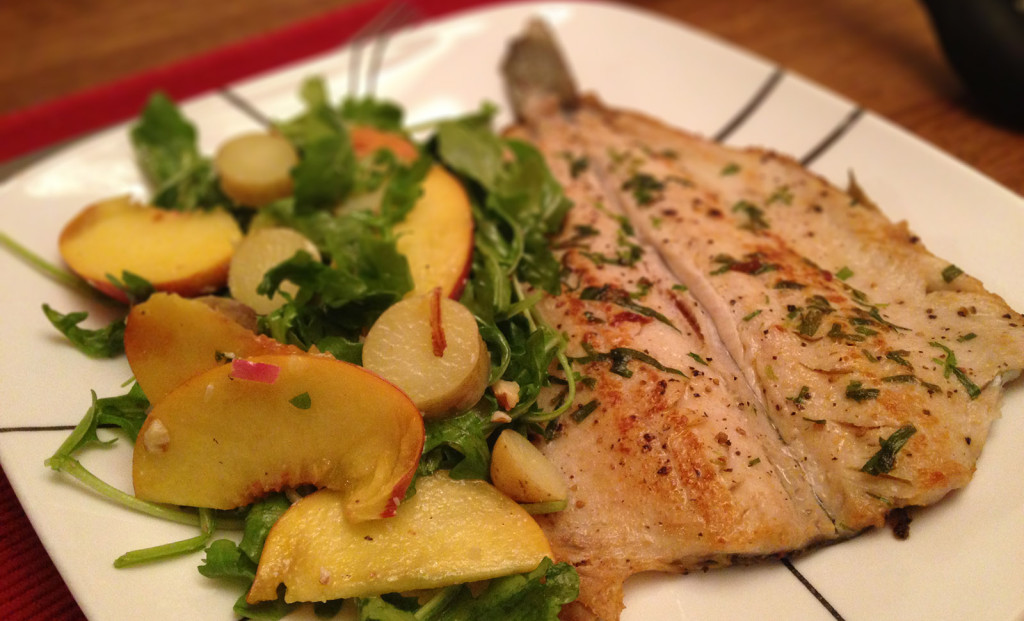
In today’s United States, where food is abundant, affordable and irresistibly delicious, overweight and obesity are now an epidemic. And, as the epidemic keeps growing, weight loss and dieting have become major topics of conversations, media coverage and health care research.
The secret to weight loss is simple: Consume fewer calories than the body uses. And any diet that limits caloric intake will do the trick. The problem is, when people go off the diet, they gain the weight right back. That happens because most diets require that we deprive ourselves of certain foods or food groups—and many can’t sustain this for long.
Instead, research has shown that people respond better to positive messages. And, with some education, everyone can learn to form healthy eating habits and pave the way to maintaining a healthy weight and improving fitness.
Below you will find five simple tips that will help you eat healthier.
1. Choose Foods High in Fiber and Water
The key to feeling satisfied without weight gain is adding water and fiber to favorite dishes and reducing fat. Water-based soups or stews, for example, are more filling than their ingredients served as a separate meal. Fiber, which has been lacking in the typical American diet, is found mostly in vegetables, fruit, whole grains and legumes. It increases satiety, reduces hunger and can help manage weight. Unlike other food components, it passes through the digestive tract unchanged and unabsorbed, curbing hunger faster and longer.
2. Reduce Simple Carbohydrates
Simple carbohydrates—sugar, candy, pizza, chips, cookies and bread that is not made from whole grains—are low in fiber and are rapidly broken down by the body, so they can be consumed in large amounts without feeling full. In some people, simple carbohydrates can trigger overeating, as well as blood-glucose slumps, which can lead to fatigue, headaches, craving sweets, depression, irritability and a host of other symptoms.
3. Stock Up on Healthy Foods and Snacks
Eating well does not have to cost a lot of money. To lower your food expenses, consider buying meats in bulk, buying fruits and vegetables that are in season and sticking to serving sizes. In addition, keep a good variety of low-calorie snacks available to satisfy cravings. Having carrot sticks, apple slices, whole-grain granola, fruit and raisins on hand can prevent you from running to the snack machine or picking up fast food on the way home.
4. Read Food Labels
Read food labels carefully to monitor your caloric intake and the serving size, while watching the list of ingredients. For decades, the food industry has been motivated to increase portions and to load processed foods with appetite-stimulating salt, sugar and fat. Salt and sugar trigger their own appetite responses in the brain while fat enhances other flavors. Commercial cereals often contain more salt than potato chips, and spaghetti sauce is loaded with more sugar than chocolate. The same happens in buffets, where everyone overeats—the variety alone is enough to keep you eating when you are no longer hungry.
5. Form Healthy Eating Habits
Avoid eating in front of the TV or while busy with other activities. Pay attention to what you are eating, chew your food well and fully enjoy the smell and taste of your foods. Eat slowly, so your brain can get the message that your stomach is full. When eating out, read the menu carefully. Many restaurants now list the number of calories next to the meals or include a section of low-calorie dishes. To enjoy eating out without overeating, consider sharing your meal or ordering a half-portion or an appetizer as a main meal, in addition to taking half of your meal home.
Old Foods for New Weight Management
Research shows that some foods can contribute to weight management as a part of a healthy, well-balanced diet:
• Replacing simple carbohydrates with eggs during breakfast helps improve satiety and reduce daily caloric intake. A
high-quality source of protein. choline, folate, iron and zinc, eggs may promote loss of body fat and stabilize glucose levels.
• Potatoes, rich in vitamins C and B6, potassium and fiber, have been ranked as a very satisfying food. French fires,
however, don’t count—their energy densityis rapidly increasedby the fats added in the frying process.
• Eating yogurt in place of foods with the identical number of calories may also help in weight loss. Emerging evidence
shows that calcium and protein from lowfat dairy products may help burn fat.
Calories Count
It takes an excess of about 3,500 calories to gain a pound—and a loss of 3,500 calories to shed a pound. One hundred extra calories a day can put on 10 pounds a year. To determine caloric intake in foods, you can go to a calorie counting Web site, such as www.my-caloriecounter.com/calorie_counter.asp. There you can also keep track of the foods you eat throughout the day, as well as calculate the caloric intake you will need to maintain your current weight or to lose weight.